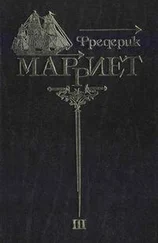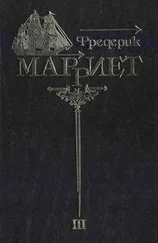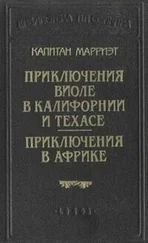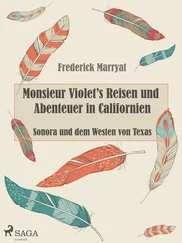Skeletons of the mammoth are often found whole at the foot of the Grand Serpent, a long rugged mountain which runs for 360 miles under the parallel of 40 degrees north latitude. It extends from the centre of the Shoshone territory to the very country of the Crows, that is to say, from the 119th to the 113th degree west longitude. It is possible that this race may not have been yet quite extinct in the middle of the 17th century; for, indeed, in their family records, aged warriors will often speak of awful encounters, in which their great-great-grandfathers had fought against the monster. Some of them have still in their possession, among other trophies of days gone by, teeth and bones highly polished, which belong indubitably to this animal, of which so little is known. Mr Ross Cox, in the relation of his travels across the Rocky Mountains, says, “that the Upper Crees, a tribe who inhabit the country in the vicinity of the Athabasca river, have a curious tradition with respect to these animals. They allege, ‘that these animals were of frightful magnitude, that they formerly lived in the plains, a great distance in the south, where they had destroyed all the game, after which they retired to the mountains. They killed every thing, and if their agility had been equal to size and ferocity, they would have destroyed all the Indians. One man asserted, that his great-grandfather told him he saw one of those animals in a mountain-pass, where he was hunting, and that on hearing its roar, which he compared to loud thunder, the sight almost left his eyes, and his heart became as small as that of a child’s.’”
A few miles from the Pacific Ocean, and at the foot of a mountain called by the Shoshones the Dwelling of the Monster, were found the remains of an immense lizard belonging to an extinct family of the saurian species. Within a few inches of the surface, and buried in a bed of shells and petrified fish, our old missionary, Padre Antonio, digged up fifty-one vertebrae quite whole and well preserved. They were mostly from twelve to eighteen inches in length and from eight to fourteen inches in diameter, measuring in all more than fifteen feet in length. Of the tail and neck but few vertebrae were found but there were many fragments of the ribs and of the leg bones. All the vertebrae discovered were in a continuous line, nearly joined together. The head, to correspond to other parts of the animal, must have been twelve or fourteen feet long, which would have given to the monster the almost incredible length of eighty feet.
The prince Seravalle, while digging in the fall of the year 1834, for an ammunition store on the western banks of the Buona Ventura, picked up a beautiful curved ivory tusk, three feet long, which, had it not been for its jet black colour, would have been amazingly alike to that of a large elephant.
Some pieces of it (for unhappily it was sawn into several parts) are now in the possession of the governor of Monterey and Mr Lagrange, a Canadian trader, who visited the territory in 1840.
Note one. The word Pawnee signifies “ exiled ,” therefore it does not follow that the three tribes bearing the same name belong to the same nation.
The Grand Pawnees, the tribe among whom Mr Murray resided, are of Dahcotah origin, and live along the shores of the river Platte; the Pawnee Loups are of the Algonquin race, speaking quite another language, and occupying the country situated between the northern forks of the same river. Both tribes are known among the trappers to be the “Crows of the East;” that is to say, thieves and treacherous. They cut their hair short, except on the scalp, as is usual among the nations which they have sprung from.
The third tribe of that name is called Pawnee Pict; these are of Comanche origin and Shoshone race, wearing their hair long, and speaking the same language as all the western great prairie tribes. They live upon the Red River, which forms the boundary betwixt North Texas and the Western American boundary, and have been visited by Mr Cattlin, who mentions them in his work. The Picts are constantly at war with the two other tribes of Pawnees; and though their villages are nearly one thousand miles distant from those of their enemy, their war-parties are continually scouring the country of the “Exiles of the East”—“ Pa-wah-néjs .”
The Crows are gallant horsemen; but, although they have assumed the manners and customs of the Shoshones, they are of the Dahcotah breed. There is a great difference between the Shoshone tribes and the Crows. The latter want that spirit of chivalry so remarkable among the Comanches, the Arrapahoes, and the Shoshones—that nobility of feeling which scorns to take an enemy at a disadvantage. I should say that the Shoshone tribes are the lions and the Crows the tigers of these deserts.






![Фредерик Марриет - Приключения в Америке [litres]](/books/432340/frederik-marriet-priklyucheniya-v-amerike-litres-thumb.webp)





